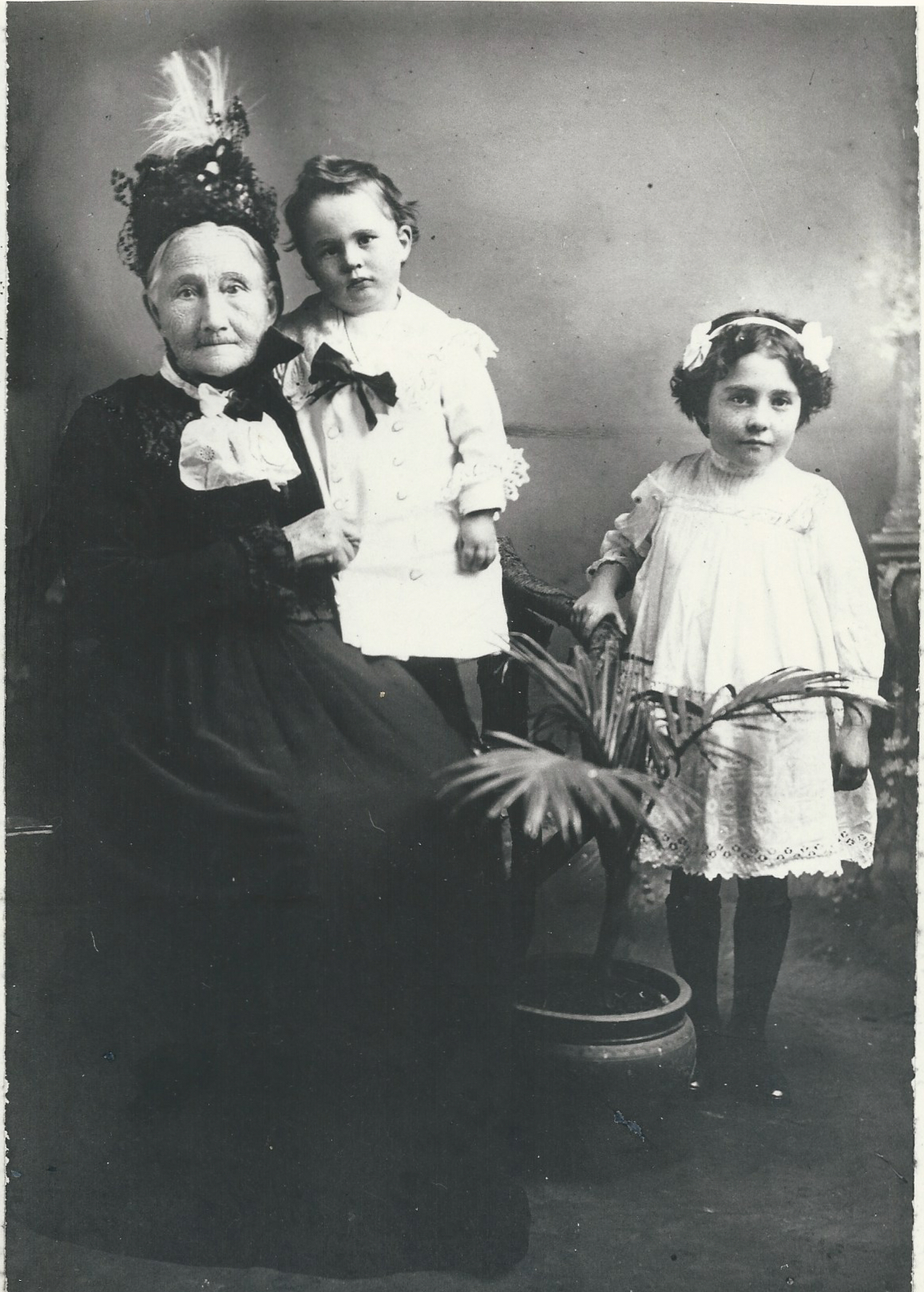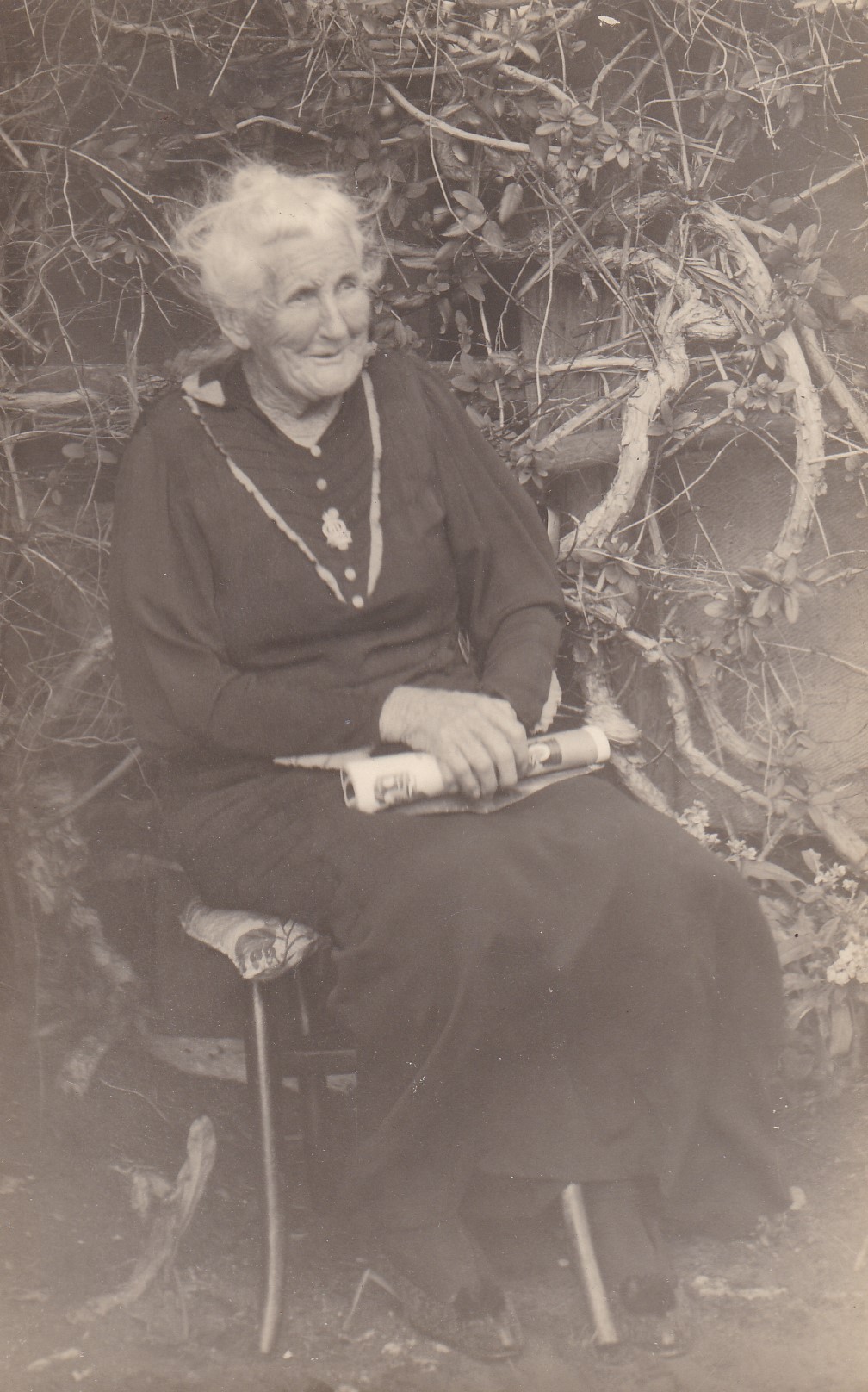The early colonial situation of ‘accidental midwives’ was followed by what was called the ‘Aunt Rubina’ period. The pioneer woman had to make do with help from whomever was at hand to provide it, and if no help was forthcoming, they had to birth alone. Older married women helped younger women in childbirth. A local Indigenous Aunty might help a pioneer woman to birth her baby. Women relied on a neighbour to assist at childbirth, often referred to as ‘neighbouring’.
Commonly, one of these helpful neighbours would eventually become more experienced and skilled, and be recognised as ‘the midwife’ in the community. They were often known simply as ‘Granny’. Many were widows, often with children to support. The character, compassion and courage of the midwives or neighbours who went by foot, horse back or sulky; often great distances; regardless of payment, weather conditions or terrain is truly humbling.
Throughout the early 1800s, untrained or ‘lay’ midwifery care continued, alongside the ‘trained’ midwives who had begun to arrive as free settlers. Lesley Potter has identified these women as the second and third type of midwife that was found in Colonial Sydney. These early midwives of Australia, unlike their British and European sisters, lacked organisation, cohesion and consistency. Although it was not uncommon for babies to die in other countries such as Britain at that time, the conditions the Australian pioneer women were living in and the lack of skilled support during childbirth, contributed to the high level of infant mortality in the new colony.
- 1858-59 Nine midwives listed in the first Sands Directory for New South Wales
- 1862 Melbourne Lying-In Hospital begins training monthly nurses in midwifery
- 1870 Nurse Eliza Blundell introduces first formal midwifery training in New South Wales at Sydney Benevolent Asylum. By 1877 they are training around 7 midwives a year.
There are very few records from this period, and many of the working-class women would have had little to no literacy skills. There are some records that have survived, however, in the diaries and letters of the middle and upper-class pioneer women and from the histories of pioneering families. These show that women had help in childbirth from anyone who was available at the time, and birth took place in the home.
Many historians use the term nurse, nurse midwife, and midwifery nurse interchangeably. Attendants at births were also often referred to as ‘nurses’ and this has contributed to the lack of awareness of the distinct role of the midwife.
Midwives as working women and the arrival of overseas ‘trained’ midwives
As the population expanded more midwives were available in the colony, by the 1860s women had begun to earn a living as midwives, advertising their services in the newspapers. These ads attempted to differentiate between the accidental, granny, and Aunt Rubina midwives, and the more affluent professional midwives. Advertising their services in a newspaper had associated costs; indicating these midwives had the funds to promote themselves and their midwifery services. They were advertising their services to women who could afford to buy and who could read the newspapers, and who were willing to pay for attendance at their births (unlike the reciprocal neighbouring which would not have attracted a fee, or might be paid ‘in kind’).
The arrival of the Nightingale nurses
Formal nursing was introduced into Australia in the 1860s, when Lucy Osborne, a Nightingale trained nurse, established a training school at Sydney Hospital in 1868. Previously, hospitals existed only as charitable institutions for the destitute, and care was provided by untrained men or Catholic nursing sisters. The arrival of the Australian Florence Nightingale trained nurses, who worked within hospitals, led to nursing being accepted as a suitable type of employment for middle-class young women.
This new style of nursing began to change how nursing was understood previously—care provided by untrained and uneducated workers— to a profession of ‘ladies’ that required education and training. The new nurses had to attain a certain level of education, but also to maintain certain social and moral standards. In contrast, the independent midwife was more likely to be older, working-class and ‘untrained’, having learned her trade by experience. Unlike the autonomous community midwives, nurses were not expected to make independent clinical decisions but rather to observe and report their findings and observations to the medical doctors.
As the population expanded there were not enough trained midwives or doctors to attend all births. The experientially trained granny’s and Aunt Rubinas continued to provide midwifery along with the formally trained midwives until the early twentieth century.
Burrows
Profiles

Aunty…
Mary Ann Amor © Les Dolin
Mary Ann Dollin © Wendy Dollin
Granny Mary Ann Dollin {St Mary’s Sydney NSW, 1831 – 1922}
Hannah Watts © Watts, Burns, Tarleton, & Hogg families
Grannie Hannah Jane Watts {Melton Vic, 1831 – 1921}

Mary Ann Webb {Tumut, NSW, 1833-1905}












